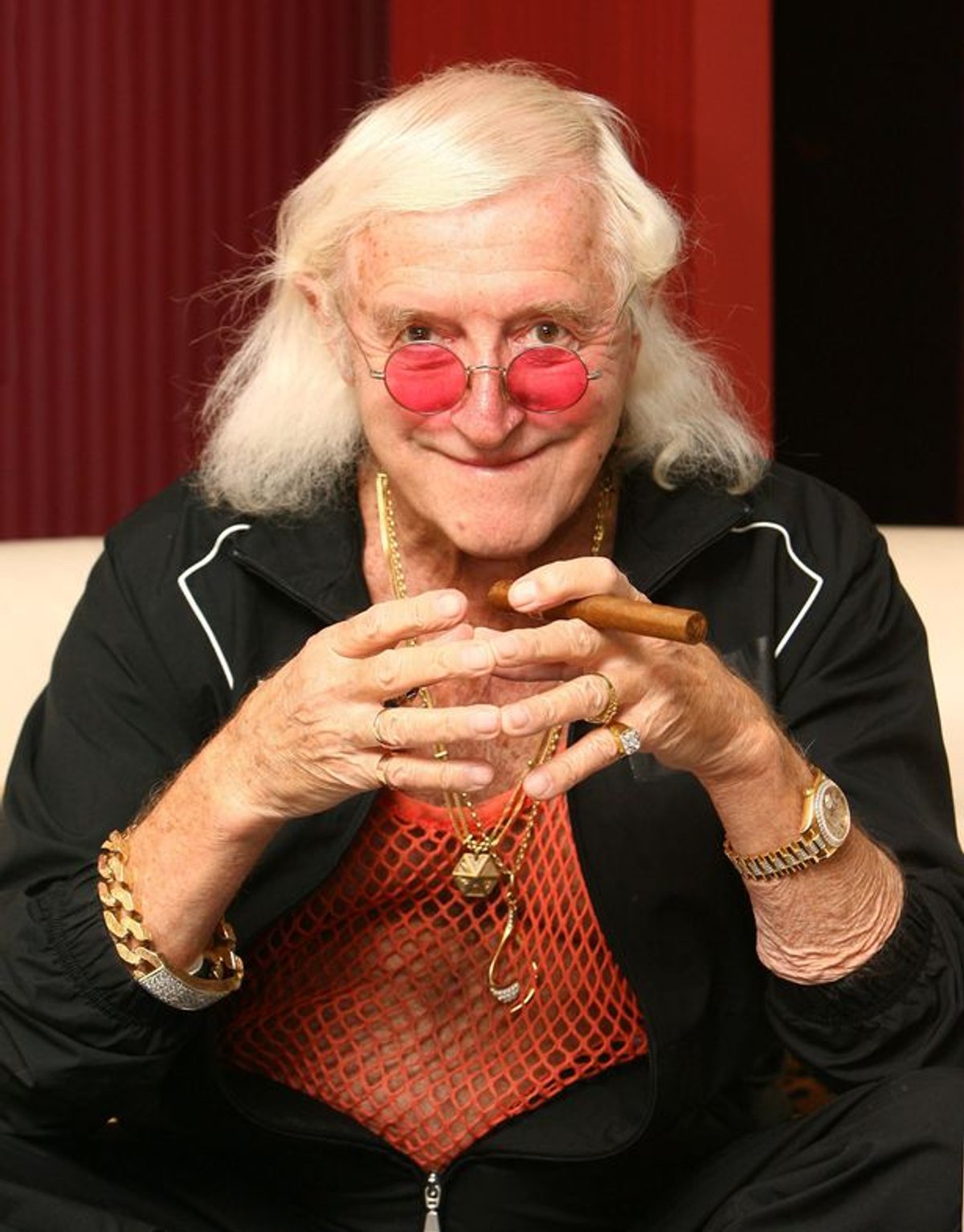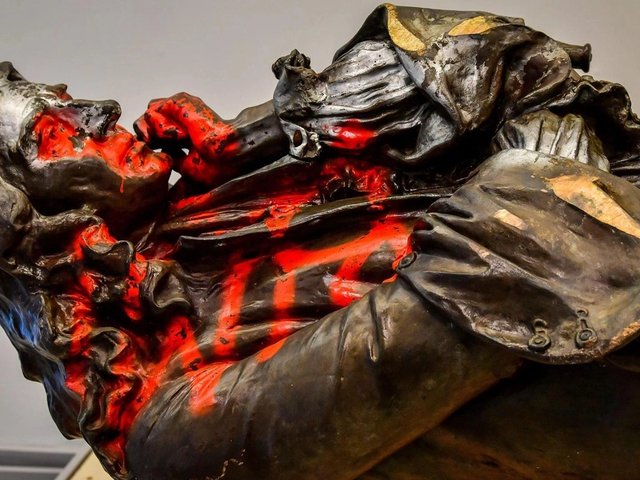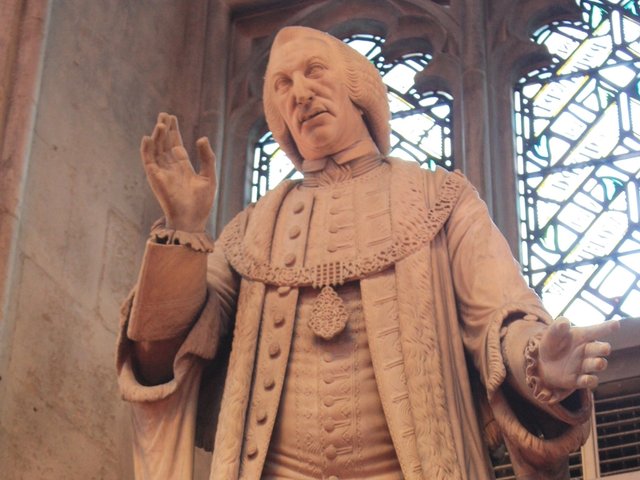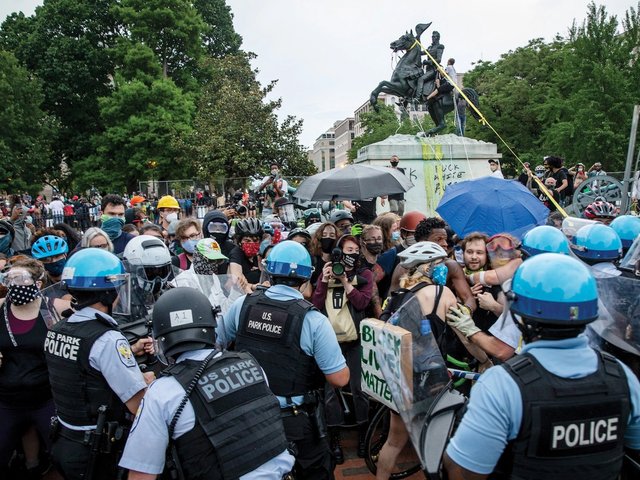The 29th of October marked the 10th anniversary of the death of Jimmy Savile. When he died in 2011, Savile had numerous public monuments in his honour. A street in Scarborough was named Savile’s View. There was a Savile’s Hall in Leeds. A wooden statue of Savile stood outside the Scotstoun Leisure Centre in Glasgow. Savile was buried in a grave with a £4,000 headstone set above it bearing his image and listing his charitable works, and a gold plaque was put up on his former home.
Less than a year after his death, Savile’s crimes as a serial rapist, abuser, paedophile and necrophile became public knowledge. For decades Savile had used the networks he built through his charity work, his celebrity status as a familiar face on the BBC and his friendships with top people in the British establishment to prey on young girls and boys.
It is probable that Savile sexually assaulted and abused up to 500 people during his lifetime, including children as young as eight. When Savile’s crimes became public knowledge, the monuments were swiftly removed. On 2 October 2012, the statue of Savile at the Scotstoun Centre was taken down and destroyed. Savile’s name was deleted from Leeds Civic Hall.
The street named Savile’s View was changed. The gold plaque on his home was taken down and Savile’s family authorised the removal of his ornate headstone “out of respect for public opinion”.
No rational person in public life spoke in defence of Savile’s monuments or argued that their removal was “cancelling culture”. No one argued that Savile’s philanthropy mitigated his obscene crimes or insisted that monuments to Savile should remain standing as they were part of history. No one said that those who took down Savile’s monuments were “baying mobs” of “woke worthies” who wanted to see “Britain’s history be cancelled”.
But ten years on from Savile’s death and these are the arguments the government is using in defence of statues and monuments that honour British slavers. After Black Lives Matter activists tore down the statue of the Bristol slaver Edward Colston in June 2020, the government moved quickly to protect other monuments to slavers.
Oliver Dowden, the culture secretary at the time, personally intervened to ensure that the statue of the 17th-century slaver Robert Geffrye remained standing over Hoxton’s Museum of the Home, irrespective of the expressed wishes of the people of Hackney. This was the first salvo in the government’s “culture war” in defence of the indefensible—monuments to evil men who made fortunes from trafficking human beings.
As the culture secretary, Dowden issued a diktat that museums “must defend our culture and history from the noisy minority of activists constantly trying to do Britain down”. His replacement as culture secretary, Nadine Dorries, has condemned “left-wing snowflakes” for “tearing down historic statues”.
The UK home secretary Priti Patel has gone so far as to include a clause in her draconian Police and Crime Bill that would mean anyone caught trying to overturn a statue to a slaver would face a prison sentence of up to ten years.
Monuments to Jimmy Savile were rightly taken down when his vile crimes against hundreds of innocent people were exposed. Monuments to criminals like William Beckford, John Cass and Robert Geffrye—men who profited from a trade that enslaved and brutalised 12.8 million people over 400 years—not only still stand but are protected by the government.
Their attempts to substitute actual history with Tory myths and obscure the bloody roots of the British establishment will not succeed. The slavers will fall.





